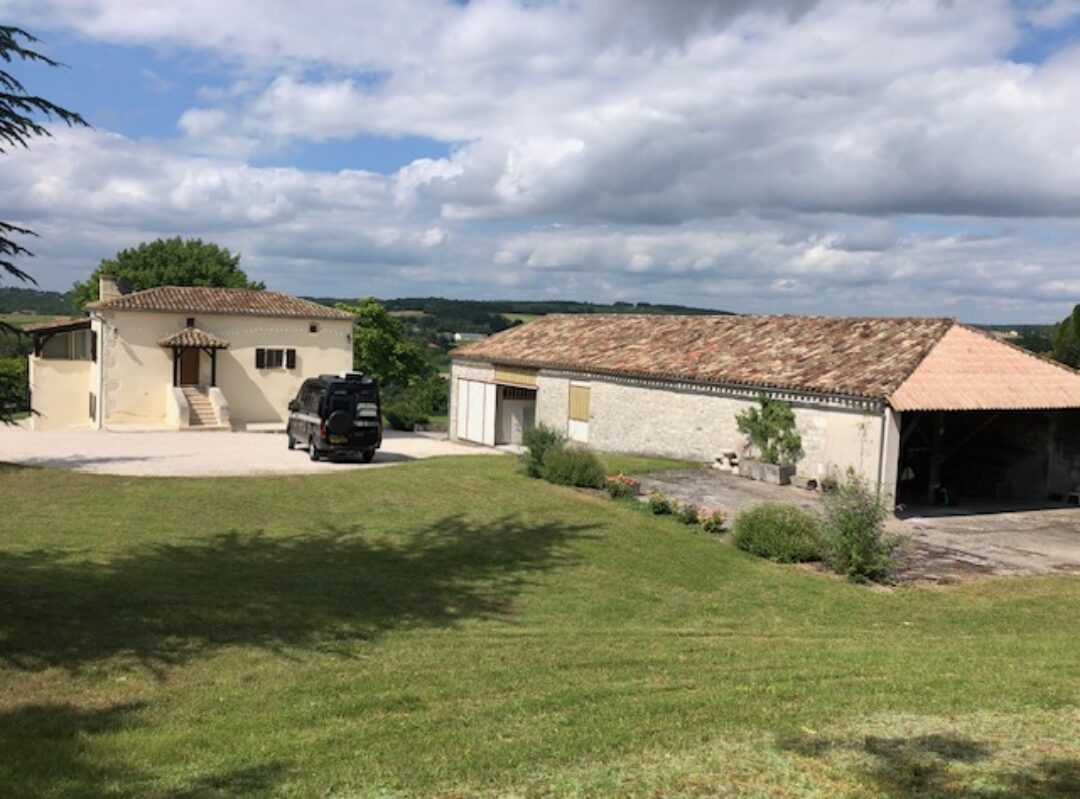We’ve had a quieter time over the last few weeks as the days draw in and the weather is more mixed. That doesn’t stop us getting out every day, either on foot, bicycle or motorised transport. We had the opportunity for a late November outing on the motorbike, taking advantage of a crisp, sunny day or at least it was when we set off from the Lauragais plain where we are located. Our destination was northwards, towards Castres, a route that took us over the Montagne Noire, a mountain range at the south western end of the Massif Central, bordering the Aude, Tarn and Herault departments. It’s named after its sombre colour when viewed from a distance, although it’s actually covered in green vegetation. It lived up to its name as we got closer and headed higher into a thick fog that reduced visibility to a few feet and obscured any views that might usually be offered. We were out of the fog as soon as we came down the other the side of the mountains and continued to Castres. This is a large and rather sprawling industrial town with attractive medieval coloured houses along the Agout river in the centre of town, the former houses of weavers, tanners and parchment makers. These pretty houses have led to Castres being referred to as the ‘petite Venise du Languedoc’. Castres is also renowned for being birthplace of the former French socialist leader Jean Jaurès, housing the Goya museum, the 2nd largest collection of Hispanic art in France, and for it’s rugby team and following.

By the time we headed back the sun had burned off the fog to reveal the mountains again so we got to see the views. Our route took us back via the ruins of another centre of Catharism at the Chateau de Saissac. The ruins are the location of a discovery in 1979 of 2000 copper and silver coins (denier), the oldest discovered royal treasure in the Languedoc.

Our walks continue to reveal little gems and we recently set off from the small village of Moussolens for a circular walk through woods and garrigue scrubland. The walk took a small diversion to view a very distinctive Zelkova tree – an amazing tree with multiple separate trunks and named ‘the 100 year old tree’ although it is more likely to be nearer 200 years old. It was certainly displayed in all its autumnal glory on the day we passed by.






